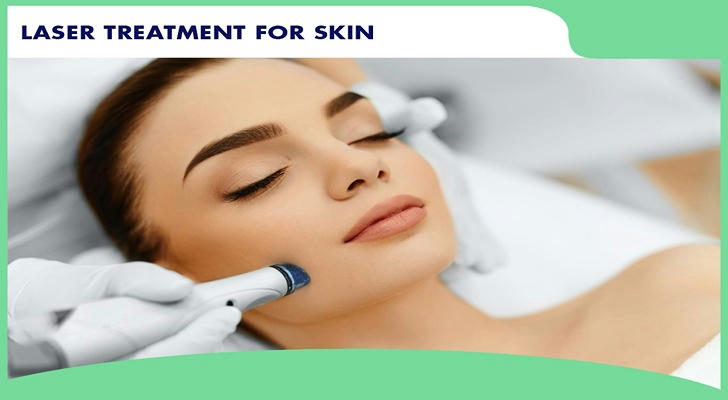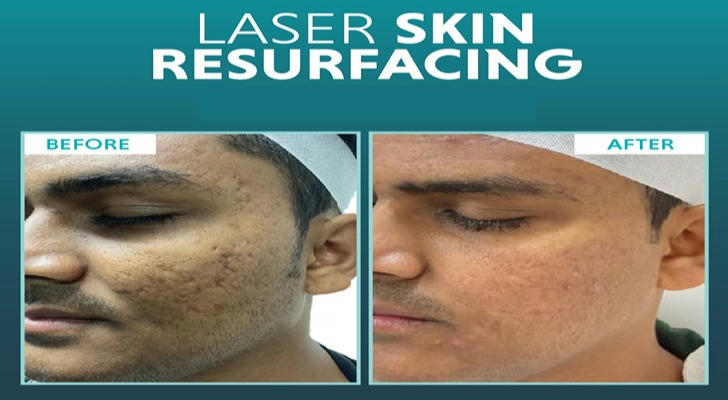Laser Therapy in Skin Care: Benefits, Risks, and Recovery Explained
Laser therapy is widely used in skin care because it can effectively improve a variety of skin problems, such as wrinkles, scars, pigmentation, etc. However, understanding the benefits, risks, and recovery period of laser therapy is essential to making an informed decision. This article will provide you with a comprehensive guide to laser therapy to help you better understand this technology.

I. Benefits of Laser Therapy
1. Improved Skin Texture and Tone
Laser therapy can significantly improve the texture and tone of the skin and reduce the appearance of fine lines and wrinkles. According to the American Association of Dermatologists (AAD), laser therapy is one of the fastest ways to tighten sagging skin. After treatment, you can see tighter skin and reduced wrinkles within two weeks. In addition, laser therapy can improve skin damage and pigmentation caused by sun exposure.
2. Treating Acne Scars
Laser therapy is also widely used to treat acne scars. Non-ablative laser treatments, such as Fraxel, can stimulate collagen production and improve the overall health of the skin. This treatment usually requires multiple sessions, with 4-6 weeks between sessions.

II. Risks of Laser Treatments
1. Redness and Pain
After laser treatment, your skin may experience redness and pain, similar to a sunburn. This discomfort can usually be relieved with cold compresses and over-the-counter pain relievers. Ablative laser treatments (such as CO2 lasers) may cause more severe redness and pain, but these symptoms can usually be managed with proper care.
2. Infection and Scarring
Laser treatments may increase the risk of infection and scarring. Ablative laser treatments are especially important because they remove the outer layer of the skin, resulting in a longer recovery period. To reduce these risks, it is recommended to closely follow your doctor's care recommendations after treatment.
III. Recovery Period for Laser Treatments
1. Non-ablative laser treatments
Non-ablative laser treatments (such as Fraxel Dual and Clear + Brilliant) generally do not require a recovery period. After treatment, your skin may experience slight redness and dryness, but these symptoms usually subside within 24 hours. Patients can resume their daily activities immediately after treatment and see improvements in their skin within a week.
2. Ablative laser treatments
Ablative laser treatments (such as CO2 lasers) require a longer recovery period. After treatment, the skin may experience severe redness and scabbing, and it usually takes 3-8 days to recover. The skin may continue to be red for 1-2 weeks after treatment, but most patients can see the final results within 2-3 months.
IV. How to choose the laser treatment that is right for you
1. Consult a professional doctor
Before choosing laser treatment, it is recommended to consult a professional dermatologist or beauty expert. They can recommend the most suitable treatment plan for you based on your skin condition and needs.
2. Understand the treatment process
Understanding the different types of laser treatments and their effects and risks can help you make a more informed decision. For example, although ablative laser treatments are effective, they have a longer recovery period, while non-ablative laser treatments have a shorter recovery period but may require multiple sessions.

Laser treatment is an effective skin management technology that can significantly improve a variety of skin problems. However, understanding its effects, risks, and recovery period is essential to making an informed decision. By choosing the right laser treatment and closely following your doctor's care recommendations, you can minimize the risks and enjoy the benefits of laser treatment.
